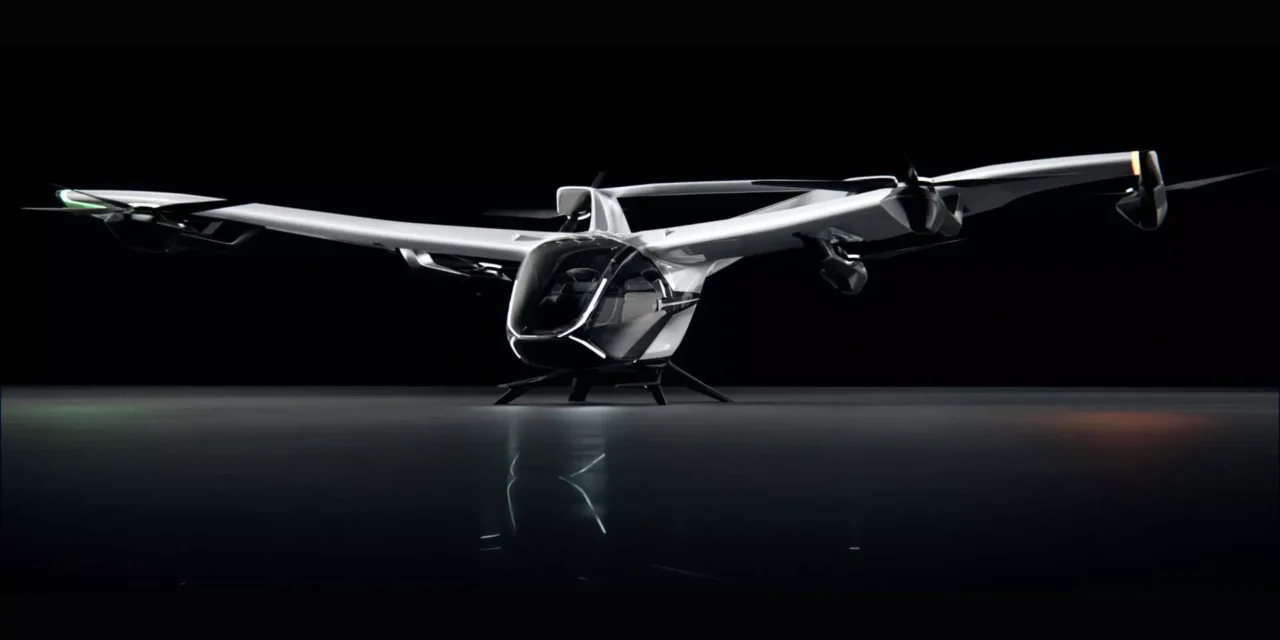Urban Air Mobility (UAM) and electric Vertical Takeoff and Landing (eVTOL) technology are revolutionizing the aerospace industry by introducing new modes of transportation, fostering innovation, and creating opportunities across commercial, technological, and regulatory landscapes. Here’s an in-depth look at their impact on aerospace innovation:
1. Redefining Urban Transportation
- Air Mobility Solutions:
- UAM aims to alleviate urban congestion by introducing aerial transport for short to medium distances, complementing ground-based mobility.
- eVTOL aircraft are designed for urban environments, offering point-to-point travel with reduced noise and infrastructure requirements.
- Faster Commutes:
- eVTOLs promise significantly reduced travel times compared to traditional ground transportation.
2. Driving Technological Advancements
- Electric Propulsion Systems:
- UAM has accelerated the development of lightweight, energy-efficient electric motors and advanced batteries.
- Innovations in battery technology, such as higher energy densities and faster charging, are critical for enabling practical eVTOL operations.
- Autonomy and AI:
- eVTOL platforms often incorporate advanced AI for autonomous or semi-autonomous flight, reducing reliance on human pilots.
- Examples: Collision avoidance systems, route optimization, and real-time traffic management.
- Advanced Aerodynamics:
- Unique designs, such as tilt-rotor and distributed propulsion systems, enhance efficiency and performance.
3. Boosting Sustainable Aviation
- Zero-Emission Aircraft:
- eVTOLs use electric propulsion, producing no direct emissions, aligning with global sustainability goals.
- Efficient Energy Use:
- The focus on lightweight materials and energy optimization minimizes energy consumption per passenger-mile.
- Reducing Ground Congestion:
- By offering an alternative to cars and buses, UAM reduces urban traffic congestion and associated emissions.
4. Encouraging Cross-Sector Innovation
- Material Science:
- Development of lightweight, durable composites enhances efficiency and payload capacity for eVTOLs.
- These advancements are also applied in traditional aircraft and other aerospace technologies.
- Energy Storage:
- Investment in eVTOL battery systems spurs innovation in energy storage, benefiting electric vehicles and renewable energy systems.
- Connectivity:
- UAM drives advancements in communication networks, including 5G, to support air traffic management and vehicle connectivity.
5. Impact on Aerospace Manufacturing
- Modular Production:
- eVTOL manufacturing often involves modular designs, simplifying production and enabling faster scalability.
- 3D Printing:
- Additive manufacturing is used to produce complex, lightweight components cost-effectively.
- Supply Chain Evolution:
- The rise of UAM introduces new suppliers and players into the aerospace supply chain, diversifying the ecosystem.
6. Creating New Business Models
- Air Taxi Services:
- Companies like Joby Aviation, Lilium, and Volocopter are pioneering UAM networks for passenger transportation.
- Logistics and Delivery:
- eVTOL platforms are also being developed for cargo transportation, revolutionizing urban logistics.
- Example: Drone delivery systems for goods, medical supplies, and emergency aid.
- Shared Mobility:
- UAM integrates with ride-sharing and multimodal transportation platforms, offering seamless urban mobility solutions.
7. Regulatory Challenges and Innovations
- Certification Frameworks:
- Regulatory bodies like the FAA and EASA are developing new frameworks to certify eVTOLs and integrate UAM into existing airspace.
- Air Traffic Management:
- Innovations in air traffic control systems are needed to manage the high density of eVTOL operations in urban areas.
- Examples: NASA’s UAM Grand Challenge and U-Space initiatives in Europe.
- Noise Regulations:
- eVTOL designs prioritize low noise levels to meet stringent urban noise pollution standards.
8. Expanding Aerospace Market Opportunities
- New Market Segments:
- UAM creates entirely new market segments in aerospace, from eVTOL manufacturing to infrastructure development.
- Increased R&D Investment:
- The promise of UAM has attracted significant investment in aerospace R&D, spurring innovation across the industry.
- Infrastructure Development:
- UAM necessitates the construction of vertiports, charging stations, and maintenance facilities, boosting urban infrastructure projects.
9. Enhancing Passenger and Public Acceptance
- Safety Innovations:
- eVTOL technology includes redundant systems, autonomous features, and real-time monitoring to ensure passenger safety.
- Accessibility and Affordability:
- As the technology matures, eVTOL services are expected to become more affordable, democratizing air travel for urban populations.
- Public Perception:
- Successful demonstration projects and pilot programs are improving public confidence in eVTOL technology.
10. Collaboration and Partnerships
- Cross-Industry Collaboration:
- Aerospace companies are partnering with technology firms, urban planners, and governments to create viable UAM ecosystems.
- Government Support:
- National and regional governments are investing in UAM through public-private partnerships and infrastructure grants.
Challenges to Overcome
- Battery Limitations:
- Current battery technologies limit the range and payload of eVTOL aircraft.
- Regulatory Hurdles:
- Regulatory uncertainty around certification, airspace integration, and noise limits.
- Infrastructure Requirements:
- Building vertiports and supporting infrastructure is costly and time-intensive.
- Scalability:
- Ensuring the scalability of eVTOL operations while maintaining safety and efficiency.
Future Outlook
- Scaling Operations:
- By 2030, UAM is expected to become a viable transportation mode in many urban centers worldwide.
- Integration with Smart Cities:
- UAM will integrate seamlessly with other smart city initiatives, enhancing urban mobility and quality of life.
- Global Market Growth:
- The UAM market is projected to exceed $90 billion by 2040, with eVTOL technology playing a central role.
Conclusion
UAM and eVTOL technologies are driving transformative innovation in the aerospace sector, influencing everything from vehicle design to urban infrastructure. As these technologies mature, they promise to redefine urban transportation, create sustainable mobility solutions, and open new frontiers for aerospace innovation and economic growth. Their development is not just reshaping aerospace but also fostering collaboration across industries, paving the way for smarter, greener cities of the future.
Hashtags
#UrbanAirMobility #UAMInnovation #eVTOLTechnology #AdvancedAirMobility #AerospaceInnovation #SustainableAviation #GreenUrbanMobility #ZeroEmissionsFlight #EcoFriendlyAerospace #ElectricAviation #FutureOfMobility #AirTaxis #NextGenTransportation #SmartMobility #UAMInfrastructure













